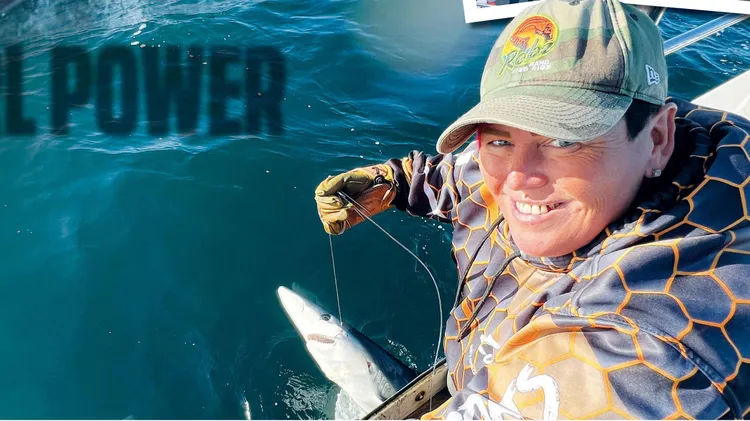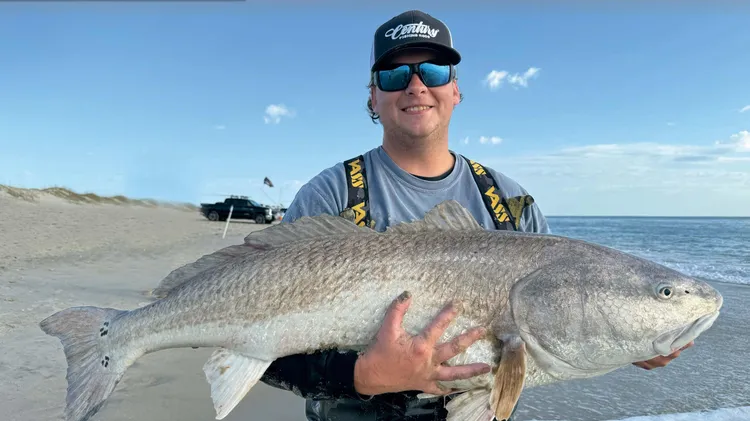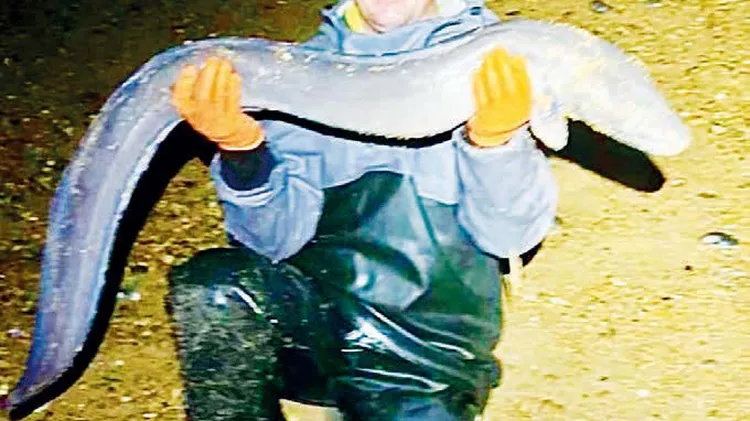Just a snorkel will suffice to spy these distinctive predators congregating beneath
All rise
3 min read
This article is from...
Read this article and 8000+ more magazines and newspapers on Readly






